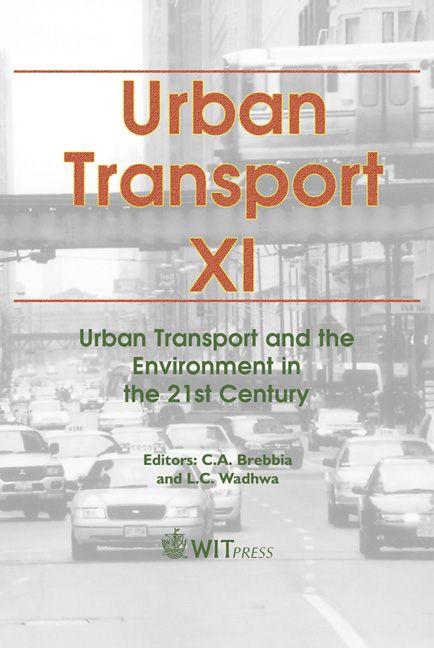Activities, Accessibility And Mobility For Individuals And Households
Price
Free (open access)
Transaction
Volume
77
Pages
11
Published
2005
Size
444 kb
Paper DOI
10.2495/UT050371
Copyright
WIT Press
Author(s)
D. Olaru, N. Smith & T. Ton
Abstract
Planning for accessibility is a complex task because myriad spatial and temporal ties mark individual mobility needs and patterns. This research uses activity spaces and travel time expenditure to indicate opportunities for participation and interaction, within specified transport and urban services environments. The analysis, conducted at individual and household levels, reveals significant differences across gender, age, employment, ethnic background and restricted mobility groups, as well as among households at various stages of their lifecycle. Keywords: accessibility, mobility, life cycle, activity space, travel time. 1 Introduction With an increasing proportion of the world’s population living in urban areas efforts to improve the \“liveability” of cities are important. To achieve such ends, transport planning seeks to increase accessibility to desired activities, goods and services for urban populations, without escalating the negative environmental and social impacts of growing motor vehicle traffic. This is a challenging task as complex spatial-temporal ties mark individual mobility patterns, accessibility needs which are reflected in activity scheduling and values of time. It is helpful in this context to understand that, while there can be large variation in people’s tastes and preferences, there are also similarities in access needs and mobility options between population groupings. In particular lifecycle stages affect both travel needs and options. For example, families with young children have to juggle their activities, and elderly people face mobility constraints. Equally, cultural background and gender can lead to specific access needs or limit mobility options.
Keywords
accessibility, mobility, life cycle, activity space, travel time.





